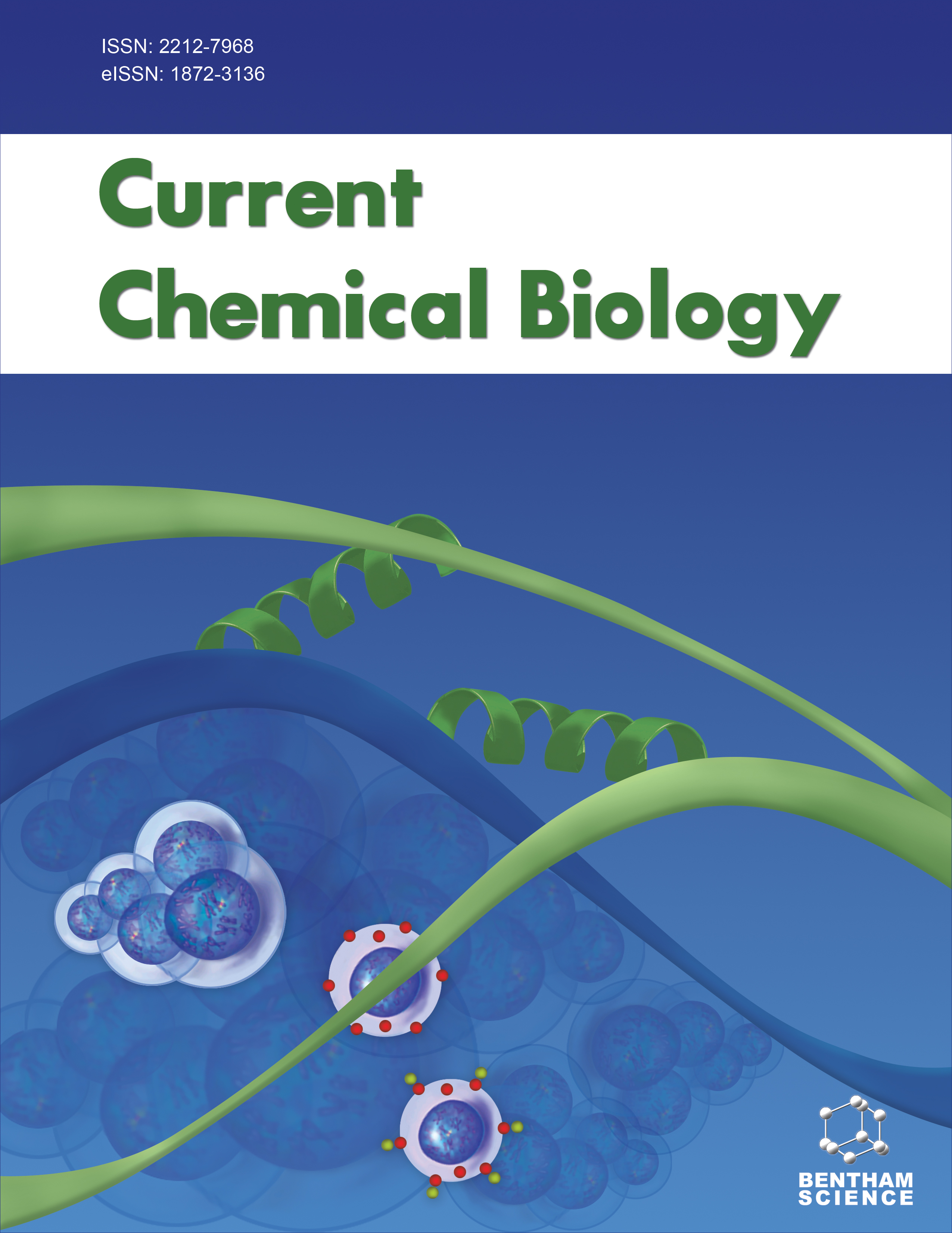
Full text loading...

The most common Inflammatory Bowel Diseases (IBD) affecting the gastrointestinal system are Crohn's disease and ulcerative colitis. However, the usual therapies for them are associated with a multitude of side effects. The blue-green microalgae Arthrospira platensis is known for its safety profile, nutritional, and medicinal properties in the treatment of different inflammatory and gastrointestinal disorders.
The objective of this study was to investigate the potential intestinal anti-inflammatory effects of the aqueous extract derived from Arthrospira platensis (AAP) in a mouse model of DNBS-induced colitis.
GC-MS and FTIR-ATR were used to determine the different types of chemical compounds found in the AAP extract. BALB/c mice that received DNBS intrarectally were treated with three doses (50, 100 and 200 mg/kg) of AAP for three days. The inflammatory status was assessed daily using a Disease Activity Index (DAI). Mice were sacrificed on the third day, and the extent of colonic damage was evaluated through both macroscopic and histological examinations. Finally, biochemical assays of different markers (MDA, NO, and GSH) were performed.
The GC-MS analysis revealed the presence of eleven bioactive compounds, including 2-thiophenecarboxylic acid, 2-biphenyl ester, palmitic acid, 2-linoleoyl glycerol, ethyl isoallocholate, and methyl palmitate. In addition, FTIR spectroscopy revealed the presence of amino, hydroxyl, and glucosidic groups. The treatment of colitic mice with AAP decreased the severity of colitis, as demonstrated by the improvement in the clinical score and the reduction of colonic tissue damage, as well as the modulation of the local biochemical marker levels.
The AAP effectively improves DNBS-induced colitis, but its short treatment duration and focus on acute colitis highlight the need for further research on long-term and chronic effects.